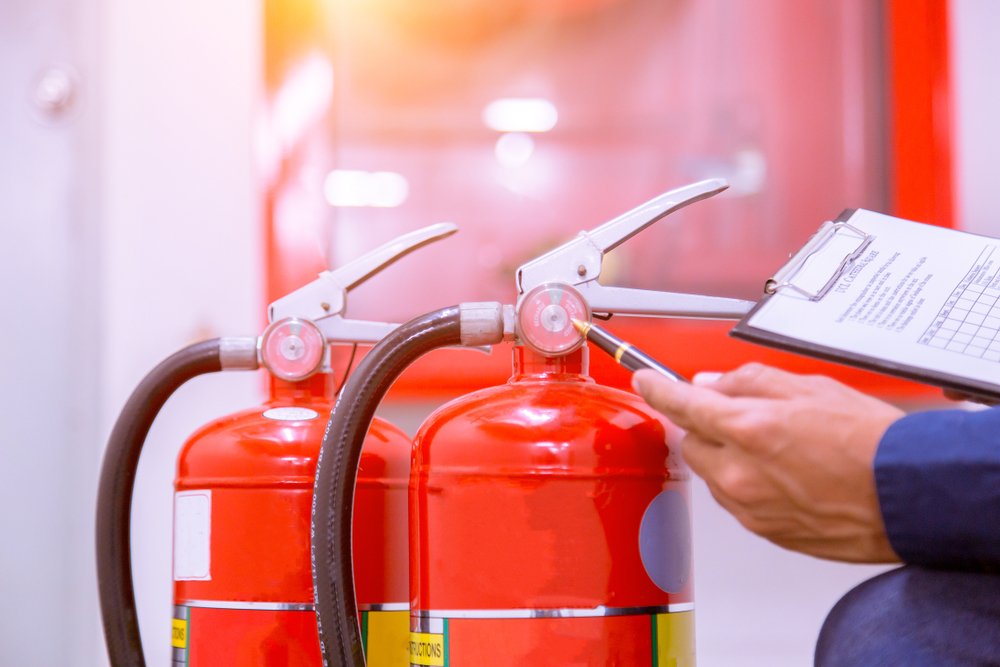
Everyone in an organization has a right to a healthy and safe workplace. Health and safety is the prevention of workplace injuries and illnesses. The popular phrase in health and safety is “safety first,” but health should not be treated as an afterthought. Health risks can have far greater consequences than safety failures. Read on to learn more about health and safety in the workplace. You may also be interested in legislation concerning health and safety at work.
Occupational health and safety
Occupational health and safety is a broad field of study that focuses on the health of workers in their work environments. In the United States, nearly three million people suffer from work-related illnesses each year. Millions more are exposed to environmental health hazards in the workplace. Occupational health professionals strive to limit these hazards, both short and long-term. The need for better workplace health and safety systems is evident around the world. Whether you work in an office, factory, warehouse, or construction site, occupational health and safety can help you avoid or minimize the risks that may impact your health.
The OH&S Act is the primary piece of legislation governing this area. The Act outlines the general duties of employers, employees, and self-employed workers. For example, workplaces must ensure that they have adequate training for their employees. Moreover, operations must be conducted in an environment that is free of hazardous substances and materials. Furthermore, the workplace management must provide appropriate instructions and supervision to employees. In addition, a written health and safety policy must be established for every workplace that employs more than five people.
Those with a bachelor’s degree should aim to obtain on-the-job training before entering the field. Occupational health and safety specialists may work in various settings, including factories and schools. Choosing the right environment can help you determine the appropriate training and job requirements for that particular work environment. However, you should remember that this type of work requires a high degree of physical fitness and good communication skills. Occupational health and safety specialists are essential for achieving maximum workplace safety.
Occupational health
Occupational health and safety experts focus on the prevention and reduction of workplace hazards, including long-term and short-term illnesses. According to the World Health Organization, nearly three million people suffer work-related illness every year, and millions more are exposed to environmental health hazards. In addition to ensuring the safety of workers, workplace health and safety programs can also benefit businesses and the public. Here are a few reasons why workplace health and safety programs are important.
Occupational health and safety specialists are hired by state and local governments to implement regulations and laws on workplace safety. This type of career can lead to growth within government agencies and the private sector. Large companies employ occupational health and safety departments, and third-party consulting groups provide rewarding careers. Some of these organizations hire occupational health and safety experts to help them develop their businesses and prevent accidents. Some of these programs are online, too. You can choose to work part-time, full-time, or online, depending on your schedule.
Occupational health and safety specialists are responsible for maintaining a healthy workplace by ensuring that all employees receive appropriate training and education about hazards. Specialized courses are required for employees who work with certain hazards. In addition to following the proper safety procedures, they should also avoid taking shortcuts. By incorporating a safety-conscious culture in the workplace, you can ensure your workers’ health and safety. The following are some examples of occupational health and safety professionals.
Occupational health and safety programs are necessary for companies and organizations. They help create a healthy work environment, protect workers from accidents, and protect customers and other people. Moreover, by following health and safety policies, companies can reduce costs by reducing the risks of injury, illness, and death. In addition to that, these programs can reduce the cost of sick leave and medical care, which are two of the main reasons why workplace health is important.
Occupational safety at work
Occupational safety at work (OSH) is a major concern for most companies, as it can prevent unnecessary downtime, damage to corporate reputation, and costly accidents. Various factors affect the OSH climate. The workplace environment, the commitment of management to the OSH system, and education of employees play a role in OSH climate development. Using a workforce-management software programme like AWMS, a company can improve the safety climate in the workplace and ensure that all employees are properly scheduled.
The success of any business depends on the well-being of its workers. Investing in workers is a key factor for a thriving organisation. It reduces the risk of accidents at work, improves employee trust, and improves worker motivation. Occupational health and safety management is a cross-disciplinary field. This practice not only benefits workers, but also employers, employees, suppliers, nearby communities, and members of the public.
In the Palestinian case, a study by the World Federation of Trade Unions found that 37 percent of registered accidents were caused by workers’ inability to control machinery. Additionally, half of the accidents were not adequately assessed. Moreover, lack of training, improper usage of machinery, and inadequate maintenance work were the main causes of the accidents. Thus, the Palestinian Government should take responsibility for ensuring that employees are safe at work and do not suffer from accidents.
Various unions in the country are dedicated to increasing the awareness of OSH and reducing the risk of stress in the workplace. For instance, the trade unions will distribute information on OSH and stress in the workplace to construction workers. These groups will end their demonstrations in front of the EU office in Copenhagen. Meanwhile, a meeting on Rana Plaza will take place at Fagbladets Village Hall. This event will be attended by Peter Rasmussen, a reporter for the Danish newspaper Fagbladet3F magazine, as well as Soren Zeuth, who has been in Bangladesh for the past six weeks.
Occupational safety at work legislation
Occupational safety at work legislation protects employees who report problems and violations to their employer. Occupational safety at work legislation punishes employers who retaliate against employees who report hazards. While non-willful violations usually result in fines, more serious or repeated violations can lead to civil penalties and even imprisonment for those responsible. These laws are designed to protect workers and employers alike from accidents and serious health problems. Below are some of the most important aspects of occupational safety at work legislation.
In addition to defining the hazards, OSHA regulations also require employers to provide the proper warnings and emergency treatment for these hazards. OSHA regulations are complicated and often conflict with state laws. To find out more about these requirements, read “Where Can I Turn For Help?”
Regardless of the type of workplace, there are important regulations that must be followed. Occupational safety at work legislation protects employees and employers alike. The federal law, or OSHA, lays down standards for workplace health and safety. OSHA regulations require that employers provide adequate supervision, training, and specific safety equipment. Businesses are required to comply with OSHA regulations, whether they are located in a public or private facility. Further, the law protects employees from discrimination and harassment.
Under the law, an employer must notify employees who are exposed to a toxic chemical or a physical agent. This includes the amount of exposure, the frequency, and the frequency of contact with the agent. Occupational safety at work legislation requires employers to maintain records on workplace exposures and to take corrective action when necessary. If employees are exposed to a hazard, they must be given notice of the hazard and be informed about corrective action.
Occupational safety at work codes of practice
In addition to providing guidelines for the safest workplace practices, approved codes of practice can also serve as a basis for assessing a particular workplace. While they are not mandatory, failure to comply with a code can be construed as a breach of health and safety obligations under the WHS Act and Regulations. These codes are used as a guide to help employers comply with the laws, and provide practical advice and strategies for achieving a standard.
The purpose of a code of practice is to provide practical guidance for employers and workers, including employers and workers’ organizations. They are intended to support the development of workplace policies, prevention and care programmes, and are applicable to both public and private sector workers. They are updated regularly to reflect developments in industry and modern ILO instruments for occupational safety and health. They provide a foundation for national and international action to promote a safe working environment.
The Occupational Health and Safety Act (WHS Act) requires all workplaces to ensure the health and safety of employees and other people. It covers all types of workplaces and their physical environment. It also covers remote work and emergency planning. Employers are expected to implement and enforce the code. Further, employers are required to follow all applicable OSHA standards. The Act also requires employers to comply with the General Duty Clause of the OSH Act.
There are various codes of practice for occupational health and safety. A code on electrical risk management provides practical guidance for business owners, employers, health and safety representatives, and members of JHSCs. For more information, read the OHS Act and regulations. The legislation is always the best guide for employers. You may also want to consider a code on noise. Once you’ve found the right one for your workplace, it’s time to put it into action.









